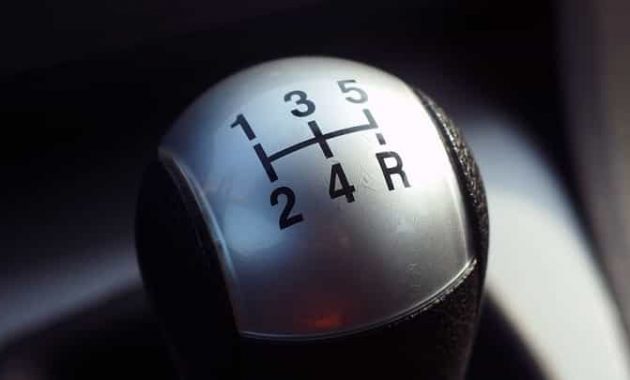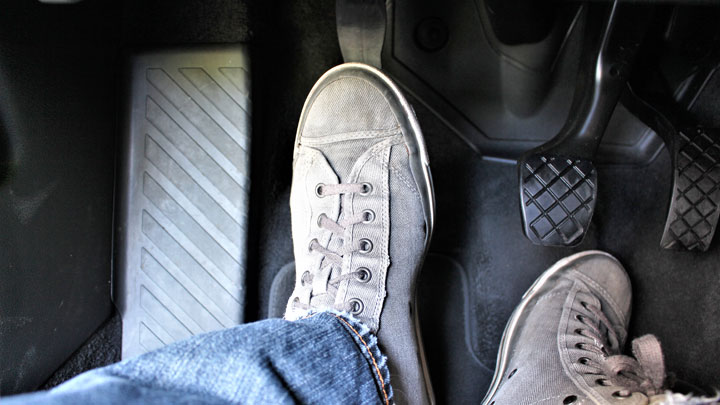15 Gear Shifting Tips to Make You a Better Manual Transmission Driver
Driving a manual transmission car can be a thrilling and rewarding experience, but mastering the art of shifting gears smoothly requires practice and patience. making your driving experience not only safer but also more enjoyable.
Whether you’re learning to drive stick or brushing up on your skills, continue reading to pick up 15 useful gear shifting pointers to help you master the manual transmission.

Tips for Shifting Gears
#1 – Smooth Shifting
When you want to get going from a standstill, slightly rev up the engine to around 1500-2000 RPM before releasing the clutch pedal. This helps avoid a jerky transition and makes the process smoother. Remember to take it easy and not rush.
#2 – Correct Shifting Timing
Pay attention to your car’s RPM by glancing at your tachometer. Shift gears when the RPM reaches the recommended range, usually between 2000-3000 RPM. This help you get optimal fuel efficiency and smooth gear transitions.
#3 – Listen to the Engine Sound
You will know when you must change gears by listening to the sounds that come from your engine. Deeper sounds mean you’re in a low RPM range while louder, higher pitched sounds mean you’re at a high RPM and need to shift to the next gear.
With enough experience, you will know exactly when to shift gears based solely on the engine sound.
#4 – Clutch Control
Learning to control the clutch is key to mastering manual transmission. Practice pressing and releasing the clutch with your left foot until you get a feel for when it’s engaged or disengaged. This will help you in coordinating your movements.
#5 – Shifting Down

When slowing down or stopping, downshift to match your car’s speed. Gently press the brake while releasing the accelerator and press the clutch down. Shift into a lower gear before releasing the clutch slowly. Mastering downshifts helps control your car during deceleration.
#6 – Shifting Up
As you accelerate, watch the RPM and listen to your engine. When it’s time to shift up, ease off the gas, press the clutch, and move the gear stick to the next gear. Slowly release the clutch as you gradually apply the accelerator. You’ll master upshifting in no time.
#7 – Block Changing
Shifting gears doesn’t have to be done in sequence. Whenever you skip a gear, this is what block changing is. Typically this is done when downshifting but can be useful in some cases when shifting to higher gears as well.
A common example of a block change would be if you’re traveling about 35 MPH on a road in 4th gear and you have to turn at the next side street. You may use your brake pedal to slow down a bit and then immediately shift into 2nd gear to make your turn.
#8 – Downshift on Steep Declines
Instead of having to use your brakes almost the entire way down a hill, downshift one or even two gears and let your transmission and engine do the braking for you. You’ll extend the life of your brakes and prevent overheating and even brake fade.
#9 – Avoid Shifting Into Reverse While Moving
Make sure your vehicle is at a complete stop before shifting into reverse. If you shift into reverse while the car is still moving forward, it can cause damage to the transmission leading to costly repairs.
Advanced Gear Shifting Techniques
#10 – Double Clutching

Double clutching can help you change gears smoothly in older vehicles without synchronized gearboxes. To do this, press the clutch pedal, shift to neutral, release the clutch, and then press it again to shift to the desired gear.
#11 – Heel-Toe Shifting
Heel-toe shifting involves simultaneous use of the brake and accelerator while downshifting. As you brake with your toe, use the heel of your foot to blip the throttle, raising the engine’s RPM.
This technique matches the engine speed to the drivetrain, enabling a smoother downshift and better control during cornering. Practice heel-toe shifting to enhance your driving skills and increase your driving confidence.
While most may never need to use this technique, if a track day or even a visit to the Nürburgring is in your future, you’ll want to practice this.
Other Tips
#12 – Recovery from a Stalled Engine

Don’t fret if your engine stalls. It happens to everyone at some point when driving a manual transmission.
Simply put your car in neutral, start the engine again, and remember to press the clutch while shifting into first gear. Keep practicing, and soon, recovering from a stall will be a breeze!
#13 – Overcoming Gear Shifting Problems
When facing hard shifts, make sure your clutch is fully engaged before changing gears. Avoid flooring the gas, as it can strain the transmission belt and damage your vehicle. Patience and smooth adjustments are key in preventing and overcoming gear-shifting problems.
#14 – Avoid Half-Clutching
When shifting gears, make sure to press the clutch pedal fully to the floor. Not doing so can damage your transmission.
#15 – Don’t Rest Your Hand on the Gear Stick
Resting your hand on the shifter while driving a stick shift can cause premature wear and tear on the transmission. This is because the weight of your hand can put pressure on the shift linkage, causing unnecessary wear. It’s best to keep your hand on the steering wheel while driving and only use the shifter when necessary to shift gears.
- Replace the Engine or Replace the Car? (11 Factors to Consider) - Apr 11, 2024
- Plastic Piece Dragging Under Your Car? (What It Is and What To Do) - Mar 21, 2024
- Timing Belt vs Timing Chain (What’s the Difference?) - Feb 27, 2024
